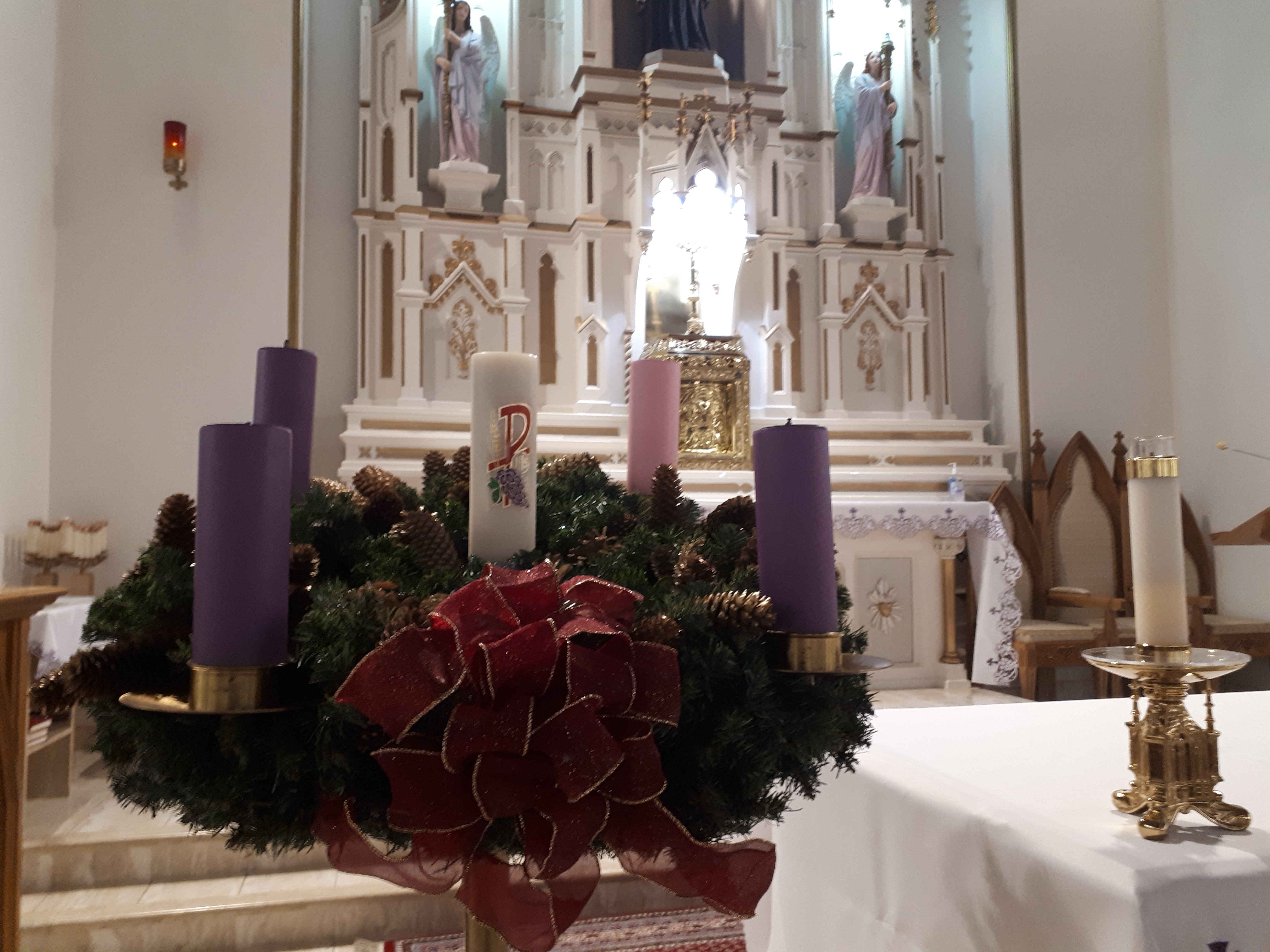
Helping Children Grow Closer to God
Anna Boyagoda, Director of the Catechesis of the Good Shepherd for the Archdiocese of Toronto, answers a few of the most common questions about the CGS ministry.
1. What is the Catechesis of the Good Shepherd?
The Catechesis of the Good Shepherd (CGS) is a Montessori style method of catechesis that responds to a child’s silent request: Help me to come closer to God by myself. In the Catechesis of the Good Shepherd, a catechist endeavors to respond to this request by preparing an environment for the child, a special room, where everything is just their size, where all the materials are handmade just for them, and where they are free to work at their own pace with whatever they are drawn to. Of course, everything in this room, which we call the atrium, is made to help them come closer to God. They will draw close to Him as they learn to recognize his voice as they hear it in scripture and the liturgy — specifically, as they listen together to the Nativity narratives, the Paschal narratives, the Kingdom of God Parables, the Psalms and the Prophecies. They will draw close to Him as they are initiated into the life of the Church, through knowledge of its signs and symbols, in the Mass, in Baptism, and in the way we mark the liturgical year.
2. What age groups benefit from the program?
We traditionally offer three levels of catechesis:
- Level 1: ages 3-6
- Level 2: ages 6-9
- Level 3: ages 9-12
That being said, all age groups benefit from the Catechesis of the Good Shepherd! The third of the 32 characteristics of CGS states, “the atrium is a place in which the only Teacher is Christ; both children and adults place themselves in a listening stance before his Word and seek to penetrate the mystery of the liturgical celebration.” In other words, adults benefit as much of children when they participate in this work!
More, CGS is seeking to go younger and older: recognizing that at every stage of development, God has given us everything we need to be in relationship with him. We introduced Infant/Toddler Catechesis in 2016, and several groups throughout North America have begun developing new materials and presentations for the adolescent. CGS presentations have also been used effectively in ministry for seniors.
3. Does this align with Mass?
CGS finds its foundation in scripture and liturgy. One of the earliest presentations offered to the 3-year-olds is that of the model altar. Here they learn the names of the articles used on the altar and can set the model altar themselves. The indirect aim of this work is greater participation in the liturgy itself: when the children attend Mass with their parents, they are engaged differently because they recognize the articles used on the altar. Having been named, these objects are part of the child’s world in a new way; we could say that the child has a relationship with them. This relationship develops as the child practices preparing the chalice as it is prepared in the Mass and practices the gesture of Epiclesis, of the Offering, of the Washing of Hands, of the Sign of Peace. Children reflect on the prayer words that accompany these gestures as they grow a little older, but already, from the age of three or four, their bodies have learned the meaning of the gift that is being offered at the Mass and the response that we offer in return: own selves through Him, with Him, and in Him. In Level 2 and Level 3 atrium, these reflections expand as the children isolate and the order the various parts and prayers of the Mass, reflect on its origins in the Last Supper and its development through history and, of course, celebrate the sacrament together!
4. What format do the classes take?
Children come to the atrium for two hours every week. The schedule differs according to the needs and capacities of the parish which builds the atrium. Sessions typically run throughout the school year (September–May).
5. How does this benefit the young participants?
The Atrium provides children with a time and space set apart from the hurry of life, where they are able to just be with God. How important it is for children to have the opportunity to develop a relationship with God before their moral sensibility has fully developed! They come to know God as the Good Shepherd who comes to give life in abundance, and they spend time thinking about what an abundant life must be like. When they come to the commandments and our moral precepts, they do not receive them simply as rules but rather as the way to the fullest, most joyful life.
Older children who have reached the age of moral awareness, are invited to reflect on the “blank page,” the future, which God has invited them to write with Him as we await the fullness of salvation. This invitation confers great dignity and also the peace of knowing that it is His plan, and we have only to do our part.
6. How can readers find the location closest to them?
Each parish that offers the Catechesis of the Good Shepherd has a contact person/catechist that you would contact directly to find out if space is available and to make the necessary arrangements. For the lists of these parishes and their schedules in the Archdiocese of Toronto and in Canada, please see our “Find an Atrium” page at https://www.archtoronto.org/en/offices-and-ministries/pastoral-ministries/catechesis-of-the-good-shepherd/catechesis-of-the-good-shepherd/find-an-atrium/
Outside of the Archdiocese of Toronto, please visit the webpages for the CGS Association of Canada: https://www.cgsac.ca
If you are interested in becoming a catechist, you can learn more by visiting our website at https://www.archtoronto.org/catechesis-of-the-good-shepherd
